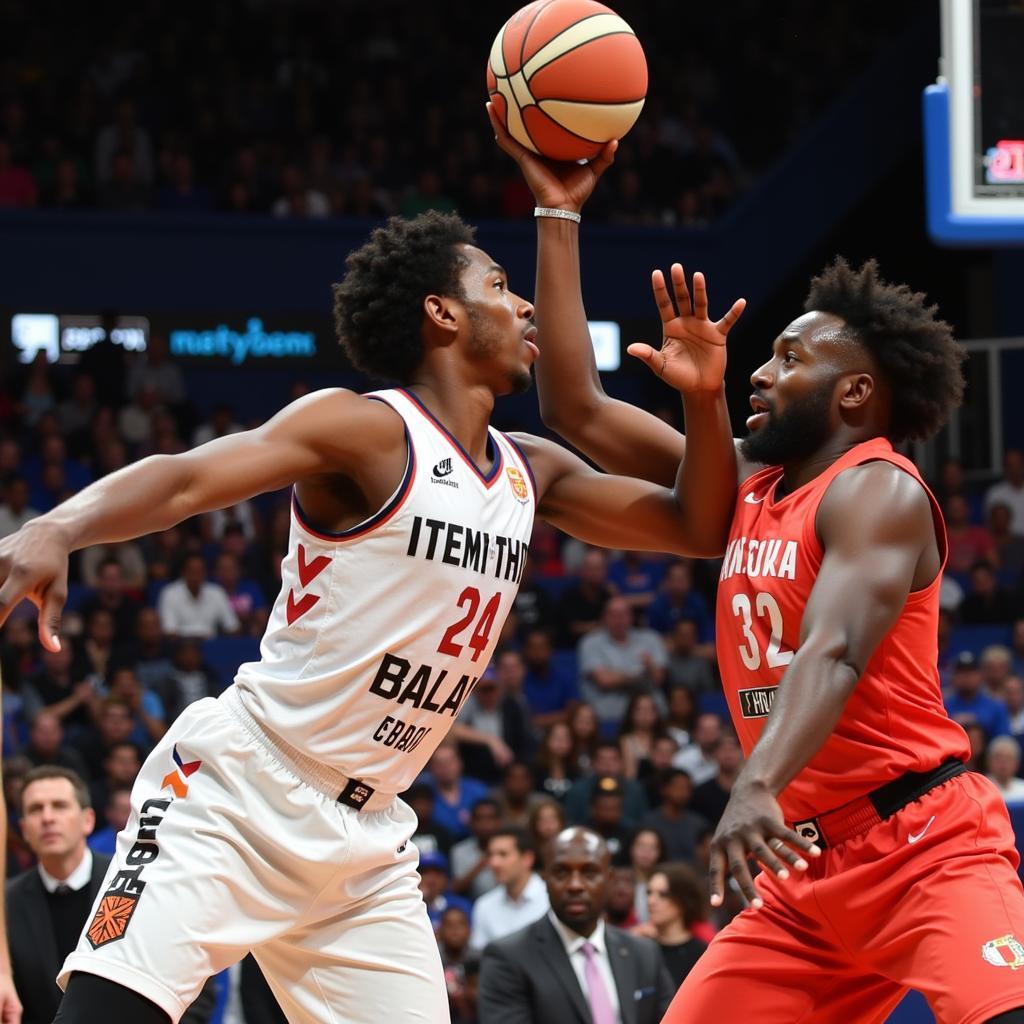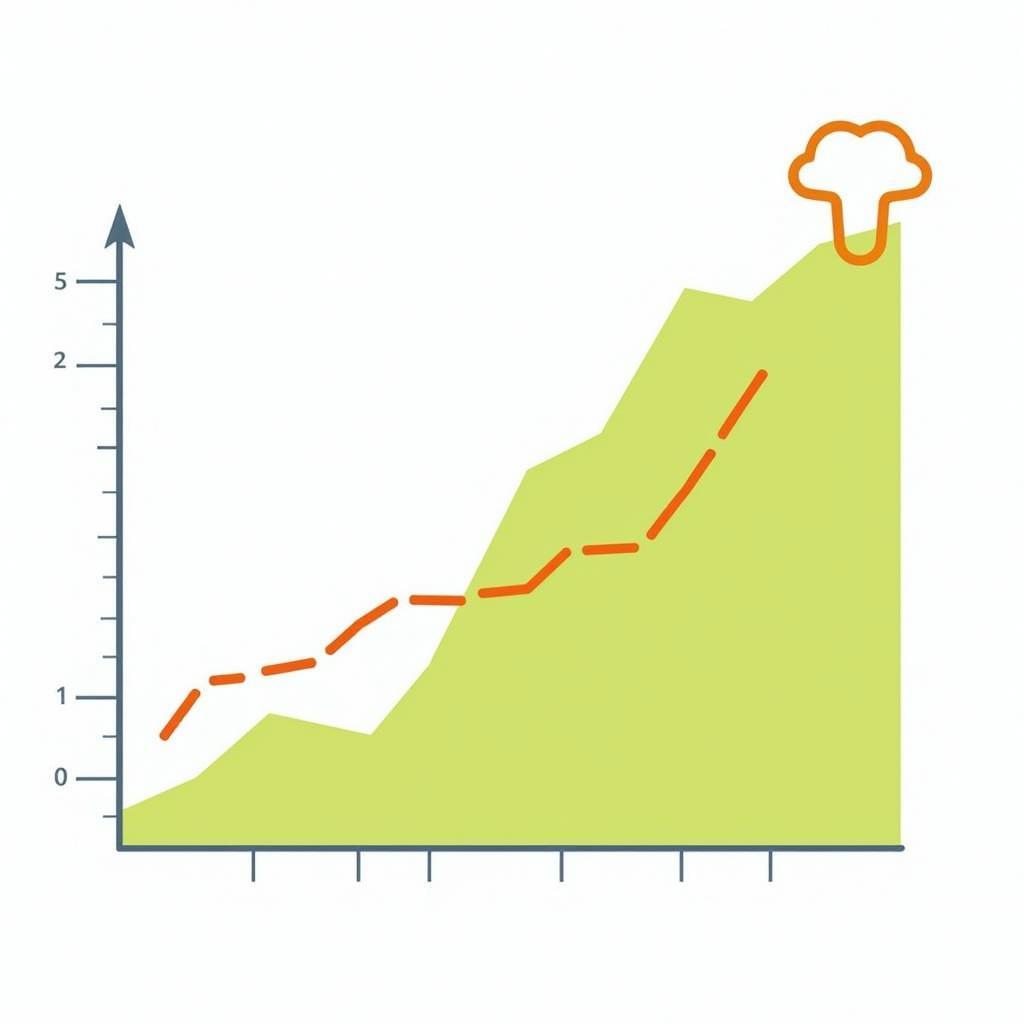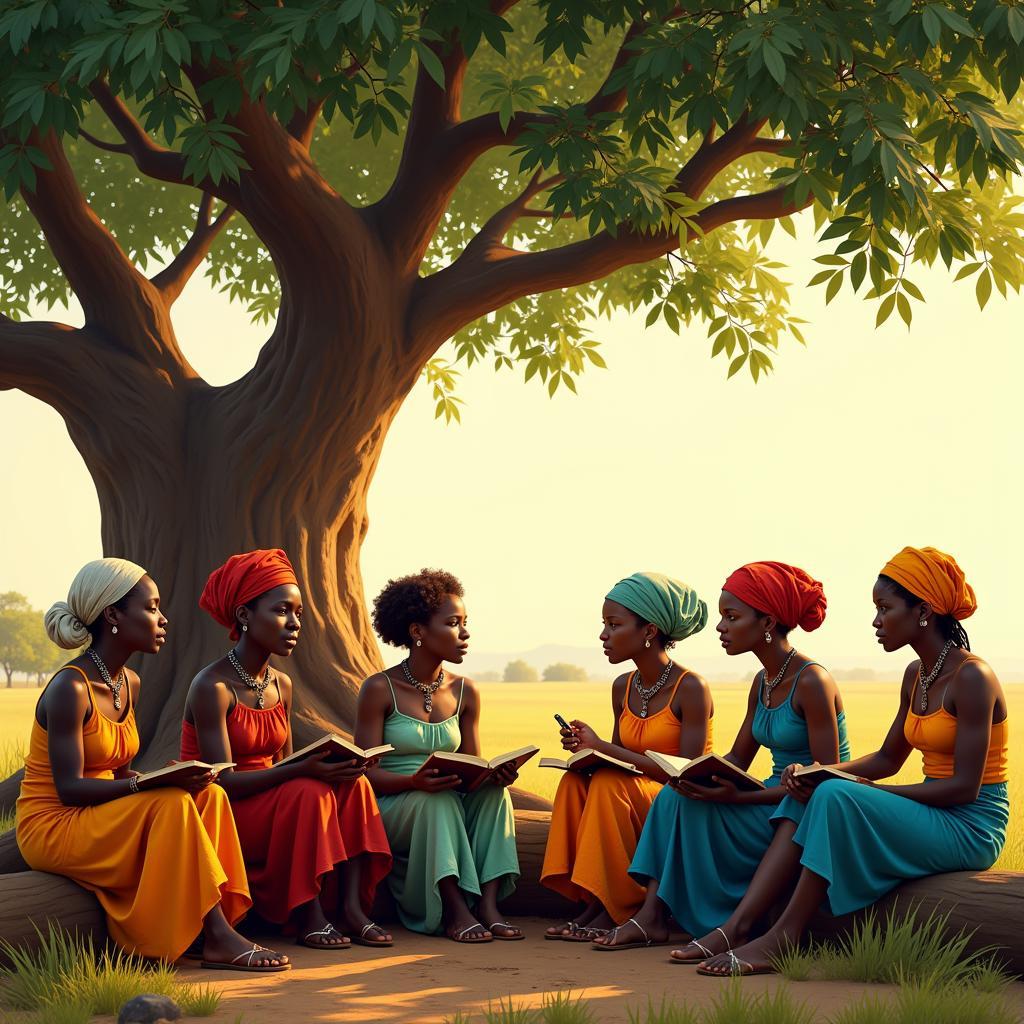The Rhythmic Heart of Africa: Exploring the African Bongo Drums
The African Bongo Drums, a staple in numerous cultural expressions across the continent, represent more than just instruments. They are the rhythmic heartbeat of countless celebrations, ceremonies, and storytelling traditions. From East Africa to the Americas, the captivating sounds of the bongos have resonated through time, captivating audiences and embodying the spirit of African music.
A Deeper Look at the Bongo Drums: Origins and Construction
The exact origins of the bongo drums remain shrouded in the mists of time, but their presence in African culture is undeniable. Believed to have originated in East Africa, specifically within Bantu-speaking communities, the bongo drums quickly spread throughout the continent. Their popularity can be attributed to their versatility and unique ability to mimic the rhythms of speech and nature.
Crafted from natural materials, the construction of bongo drums is a testament to the resourcefulness and artistry of African artisans. Traditionally, the drum shells were made from hollowed-out wood, typically hardwood, chosen for its resonant properties. Animal skin, often goat or cowhide, was carefully stretched and secured over the openings using intricate lacing techniques. This combination of wood and skin, carefully chosen and meticulously assembled, gives the bongo drums their distinct warm, resonant sound.
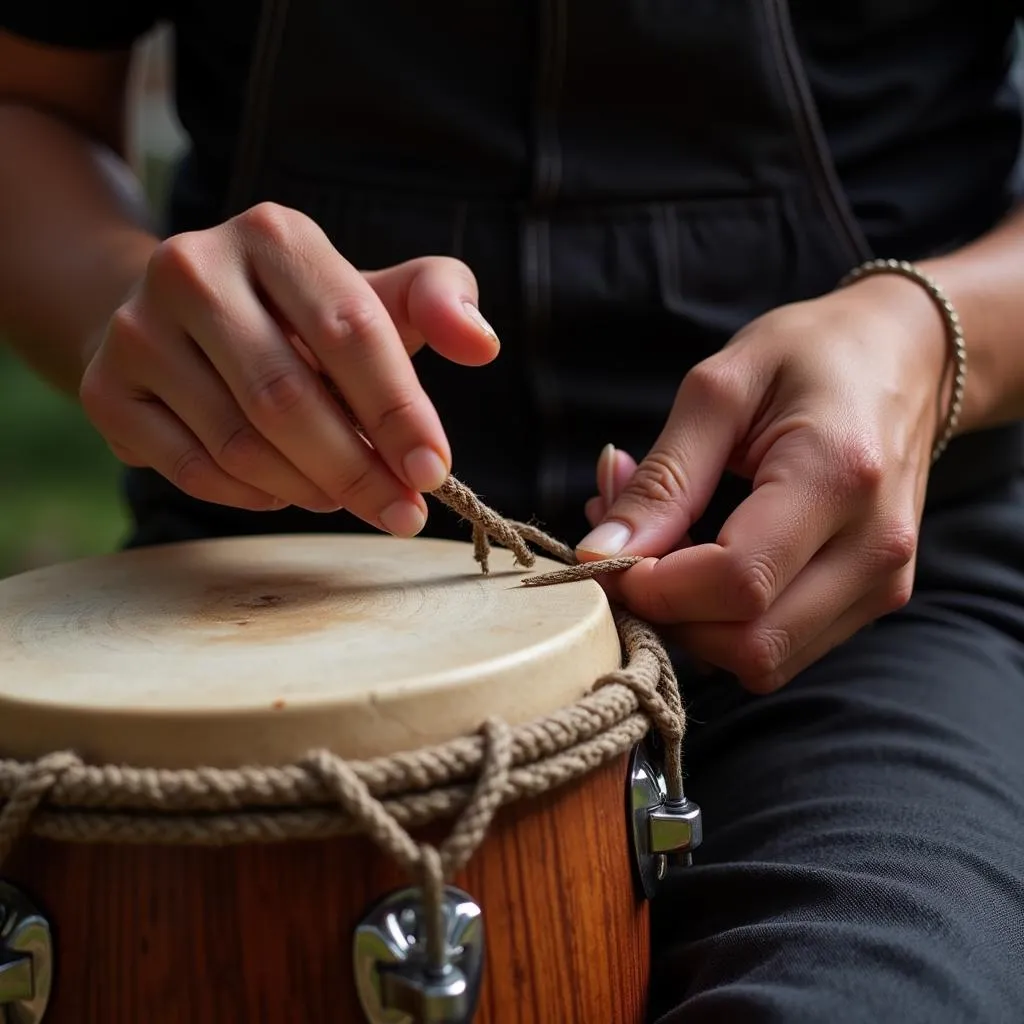 Traditional African Bongo Drum Construction
Traditional African Bongo Drum Construction
The Language of the Bongos: A Symphony of Sounds
Unlike many other percussion instruments, African bongo drums are unique in their ability to produce a wide range of tones and pitches. This range is achieved through a combination of hand techniques and the varying tension applied to the drumheads. Experienced players, with years of practice and a deep understanding of the instrument, can coax a surprising variety of sounds from the bongos. From deep, resonant bass tones to sharp, high-pitched slaps, the bongo drums are capable of creating a surprisingly diverse sonic palette.
This ability to produce such a wide range of sounds allows the bongos to transcend their role as simple percussion instruments. They become storytellers in their own right, mimicking the rhythms of speech, the sounds of nature, and the emotions of the human experience.
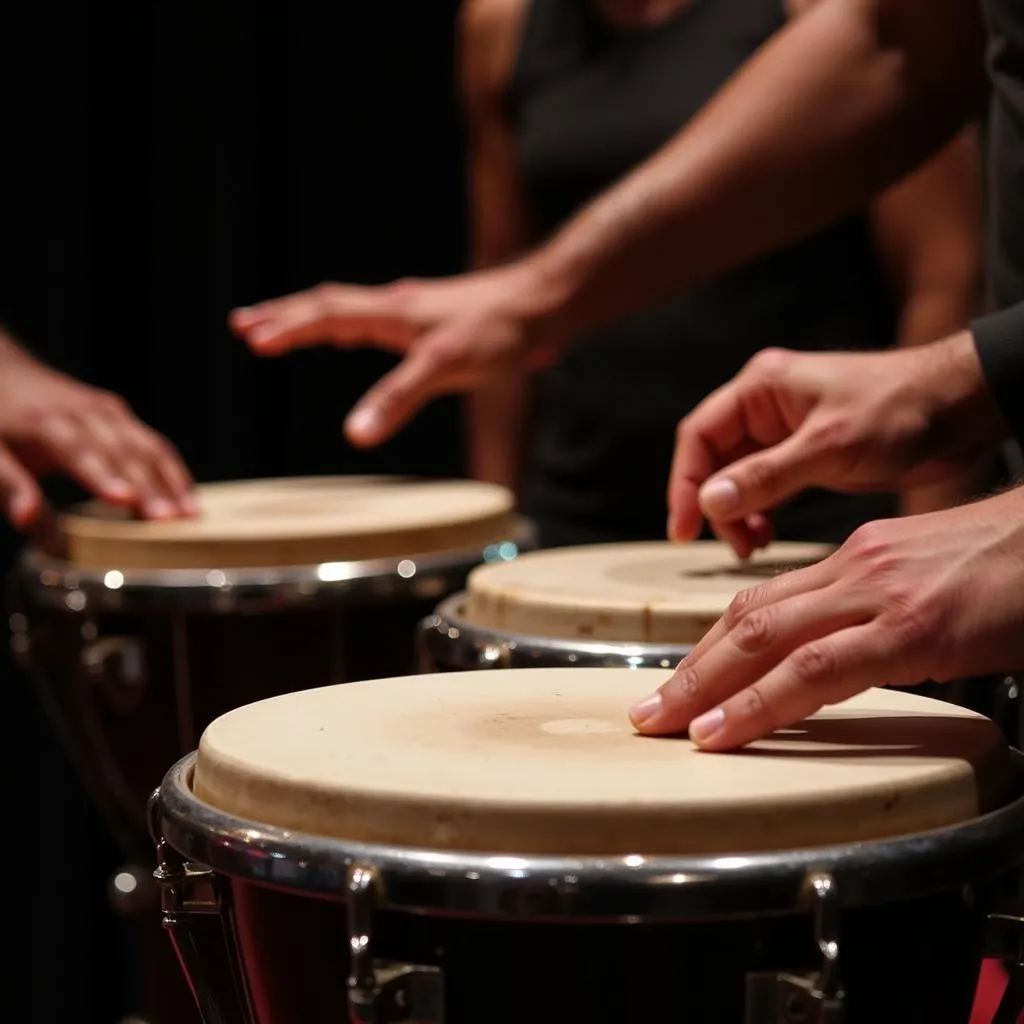 Mastering African Bongo Drum Playing Techniques
Mastering African Bongo Drum Playing Techniques
More than Music: The Cultural Significance of Bongo Drums in Africa
In many African cultures, the bongo drums are much more than just musical instruments. They are deeply woven into the fabric of everyday life, playing a central role in numerous social gatherings, religious ceremonies, and traditional rituals.
“The bongo drums are the lifeblood of our celebrations,” says renowned Kenyan musician and cultural historian, Amani Kenyatta. “They provide the rhythm that guides our dances, the heartbeat that connects us to our ancestors, and the voice that tells our stories.”
For generations, the rhythmic patterns and melodies produced by bongo drums have accompanied traditional dances, adding a powerful and infectious energy to these social gatherings. Beyond their role in celebrations, bongo drums also hold a sacred place in many African spiritual practices. The hypnotic rhythms are often used to induce trance-like states, facilitating communication with the spirit world.
The Global Journey of the Bongo Drums
The captivating rhythms of the African bongo drums have not been confined to the continent. Through the transatlantic slave trade, the bongo drums, along with other African musical traditions, found their way to the Americas. There, they played a pivotal role in shaping new musical genres, including salsa, jazz, and Afro-Cuban music.
Today, the bongo drums continue to enthrall audiences worldwide, appearing in a wide array of musical genres, from traditional African music to contemporary pop and even electronic dance music. Their enduring appeal speaks to the power of rhythm and the universal language of music, transcending cultural boundaries and connecting people through shared experience.
Conclusion
The African bongo drums are more than just instruments; they are living embodiments of a rich cultural heritage. Their journey from the heart of Africa to the global stage is a testament to their enduring power and the unifying force of music. As you listen to the captivating rhythms of the bongos, let yourself be transported to the heart of Africa, where music and culture intertwine to create something truly magical.
FAQs
1. What is the difference between conga drums and bongo drums?
While both are hand drums, bongo drums are smaller and typically played in pairs. Conga drums are larger and usually played individually or in sets of two to four.
2. Can I learn to play the bongo drums even if I’m not musically inclined?
Absolutely! While mastering any instrument takes time and practice, the bongo drums are a relatively accessible instrument for beginners. There are numerous resources available online and offline to help you get started.
3. What types of music feature bongo drums?
Bongo drums can be found in a surprising variety of musical genres, including traditional African music, Latin American music (salsa, son cubano), jazz, funk, and even some forms of pop and rock music.
4. Where can I purchase authentic African bongo drums?
If you’re looking for authentic African bongo drums, it’s best to do some research to find reputable instrument makers or retailers specializing in world music instruments. You can find African bongo music mp3 on reputable websites.
5. Are there different sizes of bongo drums?
Yes, bongo drums typically come in pairs, consisting of a larger drum (hembra) and a smaller drum (macho). The size difference between the two drums contributes to their distinct pitches.
Need More Information on African Music and Culture?
Explore these other fascinating topics:
We encourage you to delve deeper into the vibrant world of African music and discover the rich history and cultural significance behind these captivating instruments. For any further questions or assistance, don’t hesitate to contact us.
Get in Touch:
- Phone: +255768904061
- Email: kaka.mag@gmail.com
- Address: Mbarali DC Mawindi, Kangaga, Tanzania.
We are available 24/7 to assist you.
